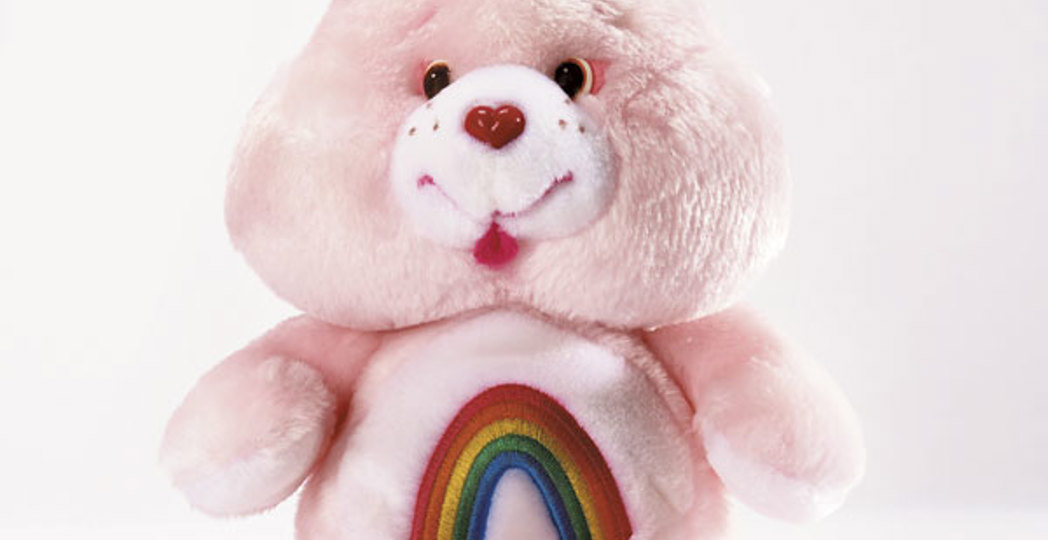The Bear Truth
Thirty-five years ago, American Greetings unveiled its best-selling characters ever. But creating the Care Bears wasn’t all rainbows and funshine. Here’s their story, which began with a simple idea: Put a heart on a bear’s chest.
by Colleen Smitek | Jan. 31, 2017 | 4:00 PM

Trending
-
1
-
2
-
3
-
4
-
5










